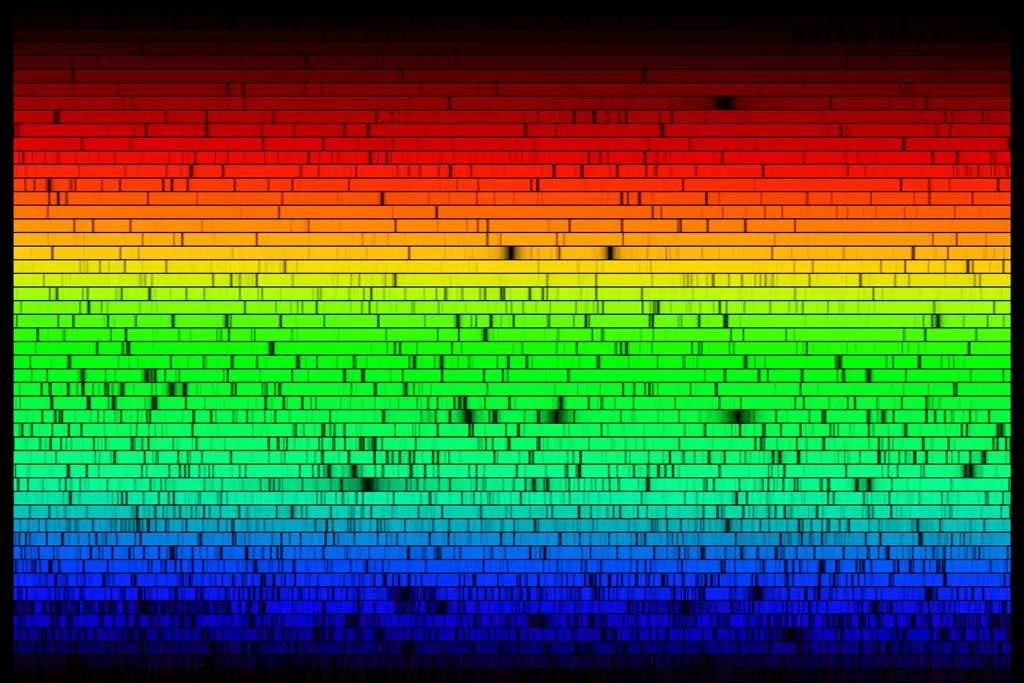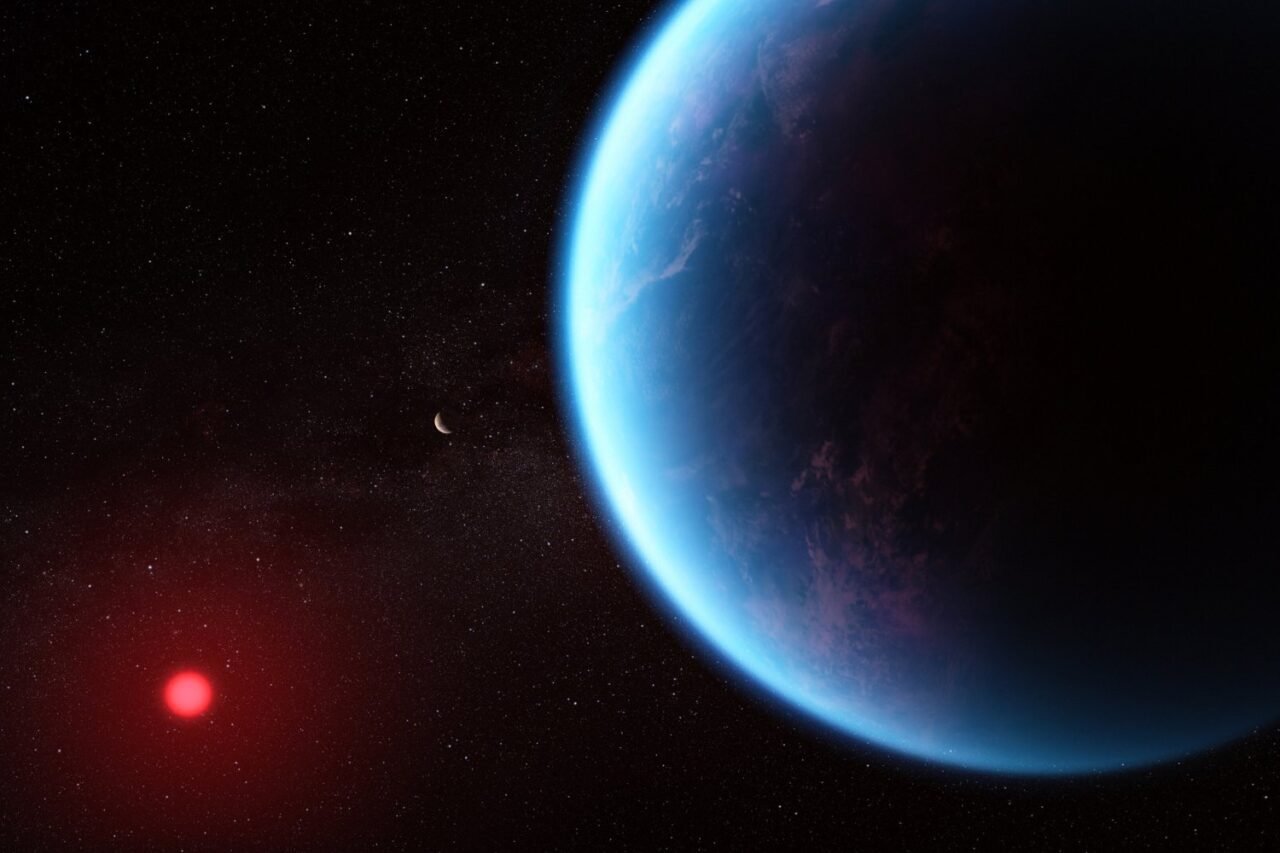How can we characterize the atmospheres of brown dwarfs and exoplanets?
What are the formation pathways and environments of substellar objects?
How do atmospheric processes, such as cloud formation, operate in brown dwarfs and giant planets?
How do stellar abundances influence the formation and cloud properties of brown dwarfs?
How can observational and computational methods be combined to understand the atmospheric, physical, and chemical processes in exoplanets and brown dwarfs?
How can atmospheric retrieval techniques be used to characterize the atmospheres of individual exoplanetary and brown dwarf systems?
My Research
Image Credit: NASA / JPL / SwRI / MSSS / Gerald Eichstädt / Thomas Thomopoulos CC BY 3.0
Fingerprints of Formation
Clues about a planet’s formation history are encoded in its spectrum. I use spectra of young, directly imaged planets and brown dwarfs to determine their atmospheric characteristics—such as metallicity, carbon-to-oxygen ratio, isotopologue ratios, and cloud properties. These measurements help me uncover how, when, and where these planets formed.
A careful scrutiny of host stars is a critical approach to calibrating BD and exoplanet properties. Precisely measured host star abundances and metallicity values are key to correctly interpreting planetary atmospheric compositions and illuminating planet formation histories (e.g., initial formation locations and subsequent migration. I use high-resolution spectroscopic observations of solar-type stars to ground retrieval efforts of substellar companions
Image Credit: NASA/JPL-Caltech/T. Pyle (IPAC)
Stellar Spectroscopy
Clouds/Weather
Clouds have emerged as one of the most confounding issues for attempts to characterize substellar atmospheres in detail. The presence of dust clouds have the following impacts: obscuring atmospheric features be-low cloud layers, altering thermal structure, consuming elements, and changing key observables related to formation diagnostics. I use atmospheric retrievals to understand clouds of brown dwarfs and how they evolve.
Temperate Exoplanets
Are we alone? Detecting potential biosignatures and characterizing temperate world can provide us clues in the search for life. I have worked on detecting potential biosignatures such as ammonia (NH3) in the atmospheres of Hydrogen/Nitrogen dominated atmospheres with JWST and Twinkle
Research Highlights
The aim of this project was to perform retrieval analysis for a set of young, (<150 Myr), cloudy, low surface gravity planetary-mass objects that are analogs of directly imaged exoplanets (e.g. HR 8799bcde). The goal was to probe and further understand their formation pathways (via C/O ratios). As we performed the retrieval results, we found consistent difficulty in the retrieval constraints regardless of the signal to noise of the two objects and thermal profile parameterization used. A highlight was that the retrieval analysis was able report that the data strongly favored cloud models over cloudlss models; consistent with thr red and variable nature of the objects. Ultimately, we found continued evidence of missing information in the models and further evidence for JWST is needed to guide and inform retrieval analysis in this regime.
Atmospheric Retrievals of Exoplanet Analogues: BD+60B and W0047
Detecting Potential Biosignatures: NH3 in Temperate Gas Dwarfs
I have worked on projects with Dr. Ji Wang on determining whether ammonia (a potential biosignature) in hydrogen and nitrogen dominated atmospheres of gas dwarfs is detectable with JWST and Twinkle. We sought gas dwarfs, as they are more amendable targets than Earth-like planets for transit observations because of their larger radii and atmospheric scale heights due to potentially hydrogen-dominated atmospheres. To learn more, please check out the papers below
Stellar Abundances of FGK stars with Benchmark Brown Dwarfs
Currently, I am performing a uniform stellar abundance analysis of FGK type stars with a high resolution optical spectrograph (Potsdam Echelle Polarimetric and Spectroscopic Instrument; PEPSI). In our sample, we have observed ~35 stars that have benchmark companion brown dwarfs. In an effort to Know Thy Star, Know Thy Brown Dwarf , we are working to uniformly report the abundances of C/O, Mg/Si and Ca/Al to anchor future retrieval analysis for the brown dwarf companion and comment on the usability of abundances (other that assumed solar) for question of formation in brown dwarf and giant exoplanet science






